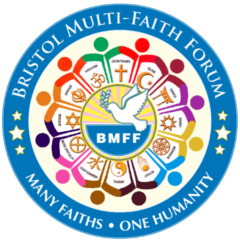Dear all,
All communities in the UK and overseas will clearly have been affected by the footage that has been released by ISIL over recent weeks which appears to show the horrific deaths of two US citizens and that of the British aid worker David Haines.
Police are taking positive action to ensure that individuals and communities are kept safe from anyone who may try to use this footage as a way of spreading hate and division, and causing harm to others.
It is important to ensure a measured response and that the public remain calm and raise any concerns they may have with the police as soon as possible.
Communities are likely to be aware that the threat level from international terrorism in the UK has recently risen to severe in response to developments in Syria and Iraq. This means that it is highly likely that a terrorist attack could happen in the UK, but an attack is not imminent.
There has been huge attention given to publicising the threat posed by ISIL but we need to balance this with the importance of not serving their objective of fuelling publicity and public fear. Communities need to be aware that sharing extremist material which promotes ISIL’s cause could, in itself, be in breach of terrorism legislation but, in any case, should beware of giving the organisation an unjustified status and credibility.
There is considerable effort taking place to remove terrorist material from the internet and individuals can and should refer any content they are concerned about to the police on www.gov.uk/report-terrorism or directly to the social media platforms themselves who can act against material that breaches their own terms and conditions. There is also work to promote alternative messages and to disrupt and, where justified, prosecute extremist speakers and those who seek to radicalise vulnerable people from our communities.
The Government’s Prevent strategy is about protecting people from the threat of terrorism. It is about stepping in to help vulnerable people at risk of being recruited by terrorist or extremist groups, whether in this country or encouraged to travel abroad, and safeguarding individuals and the community as a whole.
Communities can work together to develop resilience to extremist influences which support terrorism, be alert to any groups which target them or use their community spaces for propaganda activities and watch for any people who raise funds destined for illegal activities.
Keith Openshaw
Community Liaison Co-ordinator
